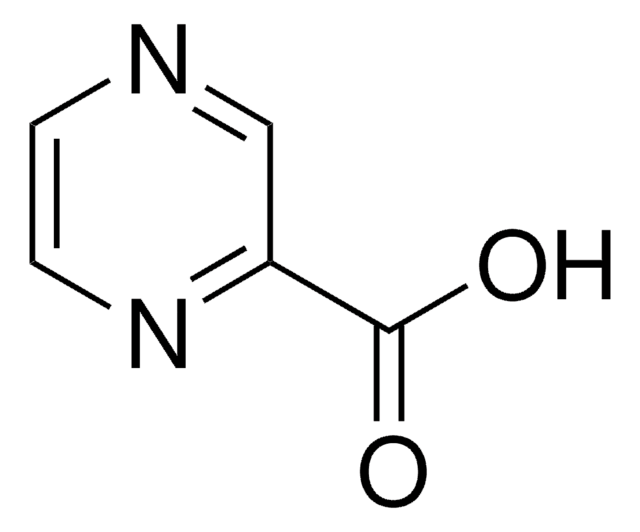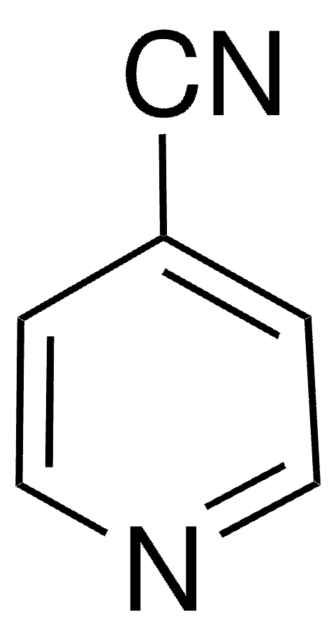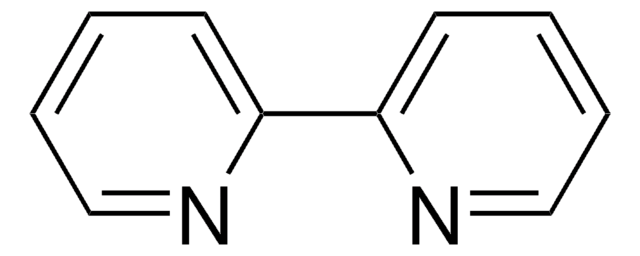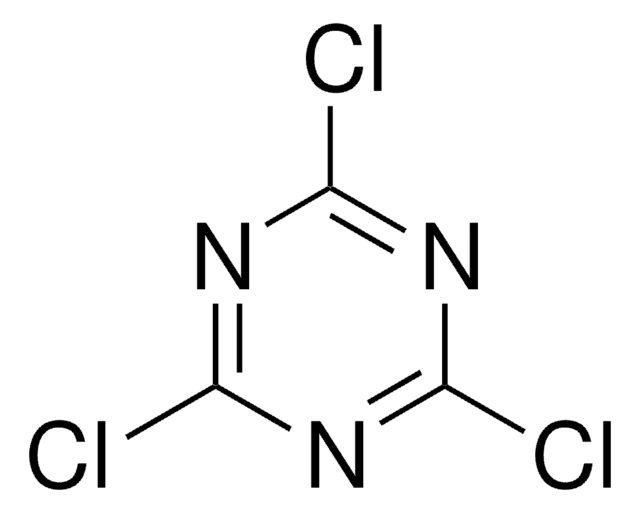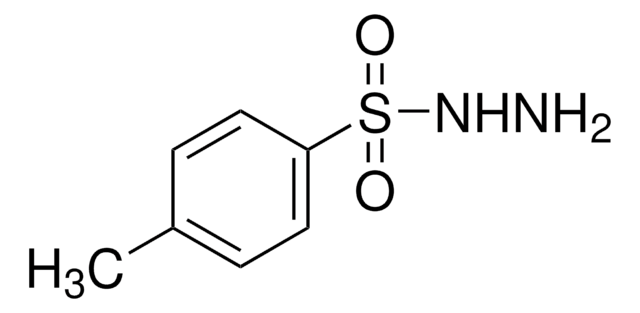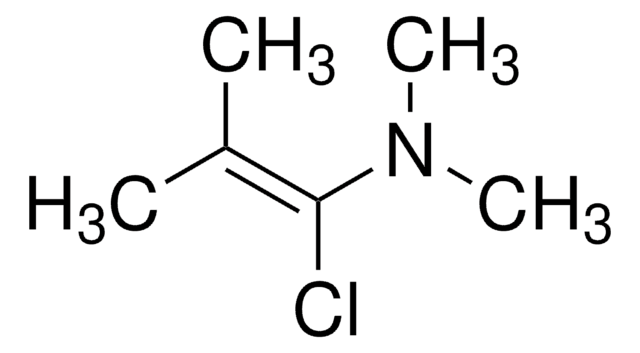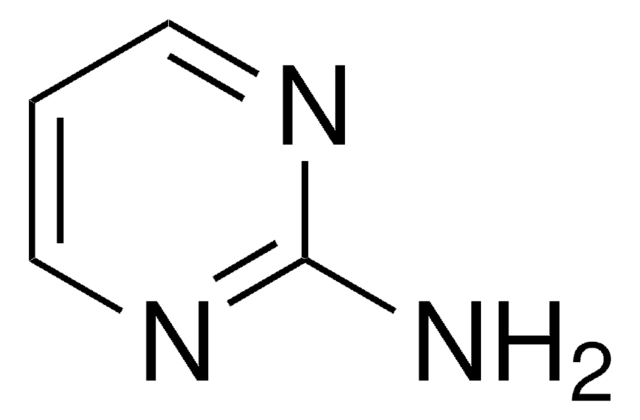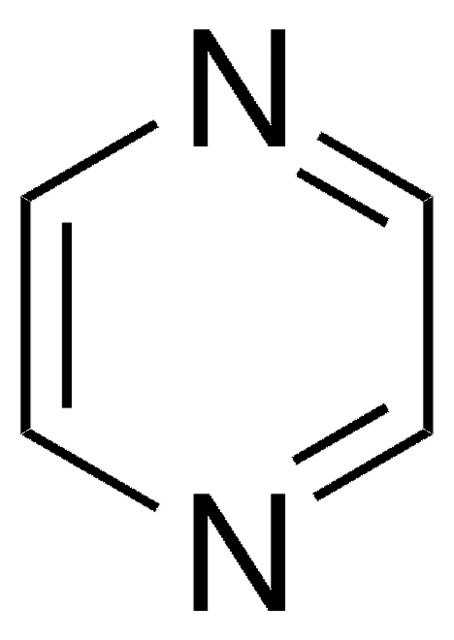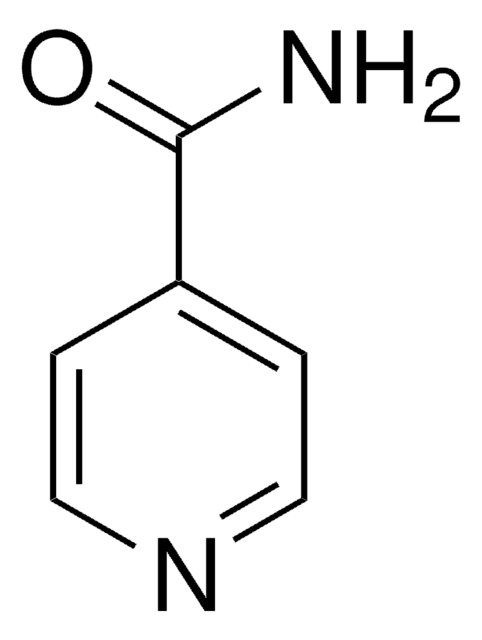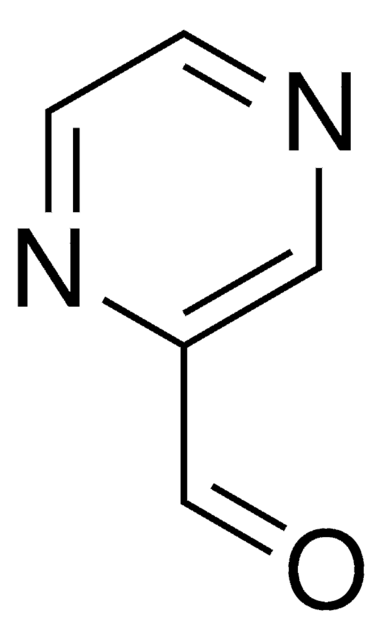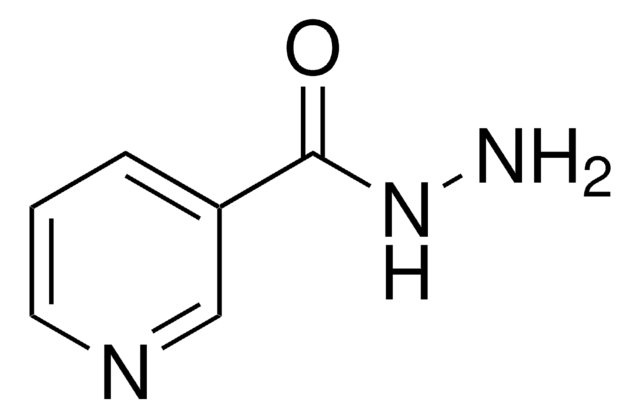All Photos(1)
About This Item
Empirical Formula (Hill Notation):
C5H3N3
CAS Number:
Molecular Weight:
105.10
EC Number:
MDL number:
UNSPSC Code:
12352100
PubChem Substance ID:
NACRES:
NA.22
Recommended Products
Quality Level
Assay
99%
form
liquid
refractive index
n20/D 1.534 (lit.)
bp
87 °C/6 mmHg (lit.)
density
1.174 g/mL at 25 °C (lit.)
functional group
nitrile
SMILES string
N#Cc1cnccn1
InChI
1S/C5H3N3/c6-3-5-4-7-1-2-8-5/h1-2,4H
InChI key
PMSVVUSIPKHUMT-UHFFFAOYSA-N
Looking for similar products? Visit Product Comparison Guide
Signal Word
Warning
Hazard Statements
Precautionary Statements
Hazard Classifications
Eye Irrit. 2 - Skin Irrit. 2 - STOT SE 3
Target Organs
Respiratory system
Storage Class Code
10 - Combustible liquids
WGK
WGK 3
Flash Point(F)
206.6 °F - closed cup
Flash Point(C)
97 °C - closed cup
Personal Protective Equipment
dust mask type N95 (US), Eyeshields, Gloves
Choose from one of the most recent versions:
Already Own This Product?
Find documentation for the products that you have recently purchased in the Document Library.
Customers Also Viewed
Katarzyna Gobis et al.
Acta poloniae pharmaceutica, 63(1), 39-45 (2007-05-23)
The new pyrazine derivatives exhibiting an antibacterial activity have been synthesized. Initial amidoxime 1 was obtained in the reaction of pyrazinecarbonitrile with hydroxylamine. Upon treatment of amidoxime with methyl iodide O-methyl derivative 2 was formed. Both amidoximes were transformed into
Surface-enhanced Raman spectra of pyrazinecarboxamide and pyrazinecarbonitrile on silver sols.
Arenas JF, et al.
Journal of Raman Spectroscopy, 23(5), 249-252 (1992)
Synthesis, structure, network and thermal analysis of four 5-(pyrazinyl) tetrazolato copper (II) and cobalt (II) complexes.
Abu-Youssef MAM, et al.
Polyhedron, 26(7), 1531-1540 (2007)
M Kobayashi et al.
The Journal of antibiotics, 43(10), 1316-1320 (1990-10-01)
Using resting cells of Rhodococcus rhodochrous J1, in which a large amount of nitrilase is induced, a simple and efficient bioconversion process for the production of pyrazinoic acid, an antimycobacterial agent, through catalysis by a nitrilase was developed. The reaction
Il Woong Baek et al.
Journal of nanoscience and nanotechnology, 10(10), 6939-6943 (2010-12-09)
We have fabricated fluorescing polystyrene/dicyanopyrazine-linked porphyrin (PS/4-TDCPP) nanofibers using the electrospinning technique. UV-vis spectroscopy shows a strong Soret band and two relatively weak Q bands from the PS/4-TDCPP films and fibers, and reveals that the 4-TDCPP molecules are homogeneously dispersed
Our team of scientists has experience in all areas of research including Life Science, Material Science, Chemical Synthesis, Chromatography, Analytical and many others.
Contact Technical Service
